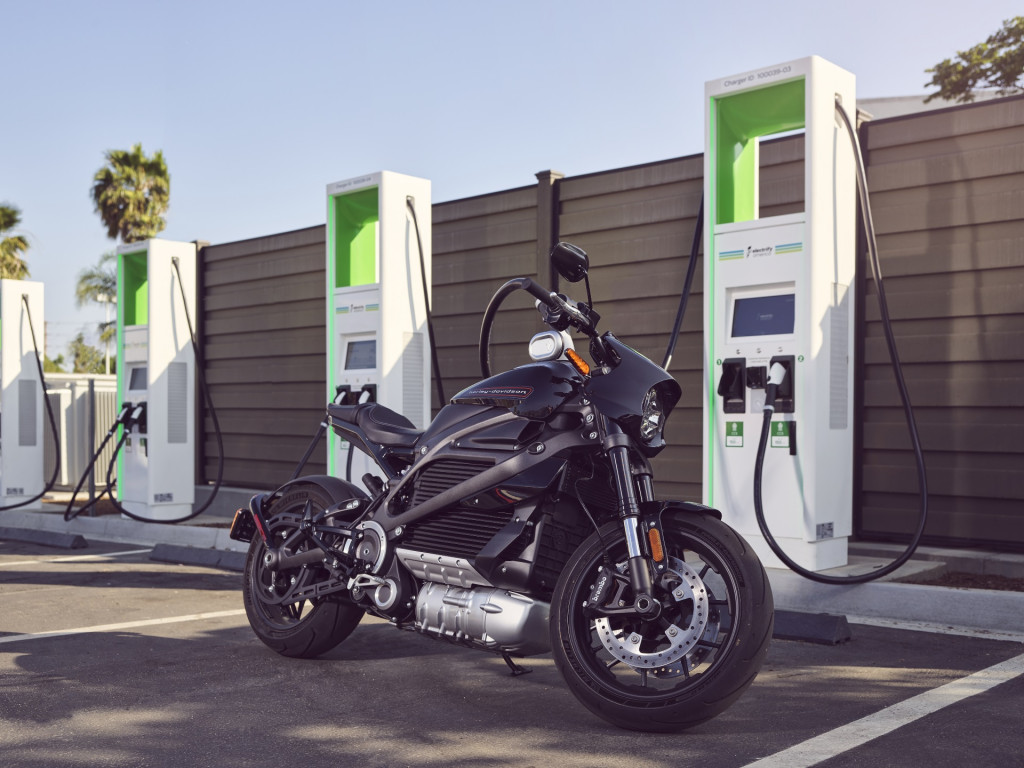The Harley-Davidson LiveWire electric motorcycle will spawn a standalone all-electric brand, the company announced Monday in a press release. The first LiveWire-branded motorcycle will be unveiled July 8, ahead of the International Motorcycle Show, the company said.
That marks a departure from the initial Harley-Davidson LiveWire, which was launched in 2019 as a single model within the Harley brand. It's similar to the progression of Hyundai's Genesis and Ioniq nameplates, which started out as individual models within the Hyundai brand, before expanding to standalone brands.
LiveWire will be "headquartered virtually," with staff located in Silicon Valley and Milwaukee, according to Harley. The new brand will get its own engineering team dedicated to electric powertrains, but will also lean on Harley's existing resources for engineering and manufacturing (the current Harley-Davidson LiveWire is built at the same York, Pennsylvania, factory as other bikes).

Harley-Davidson LiveWire charging at Electrify America charging station
Harley is also planning dedicated LiveWire showrooms, starting in California. However, the company also said LiveWire "will work with participating dealers from the Harley-Davidson network as an independent brand" and will "blend digital and physical retail formats," indicating online sales may be a possibility.
Unveiled at the 2019 Consumer Electronics Show, the initial Harley-Davidson LiveWire sports a 110-mile range and 0-60 mph acceleration of 3.5 seconds. It hit the market in late 2019 with a $29,799 base price (before destination), which typically buys a higher-tier gasoline bike.
Several dedicated companies have launched electric motorcycles, but Harley is the only legacy manufacturer to wade in so far in the U.S. Polaris bought electric-motorcycle firm Brammo in 2015, and has a partnership with Zero Motorcycles, but so far it's only discussed electric ATVs. Honda, Kawasaki, Suzuki, and Yamaha are working to develop a standardized swappable battery system for the Japanese market.